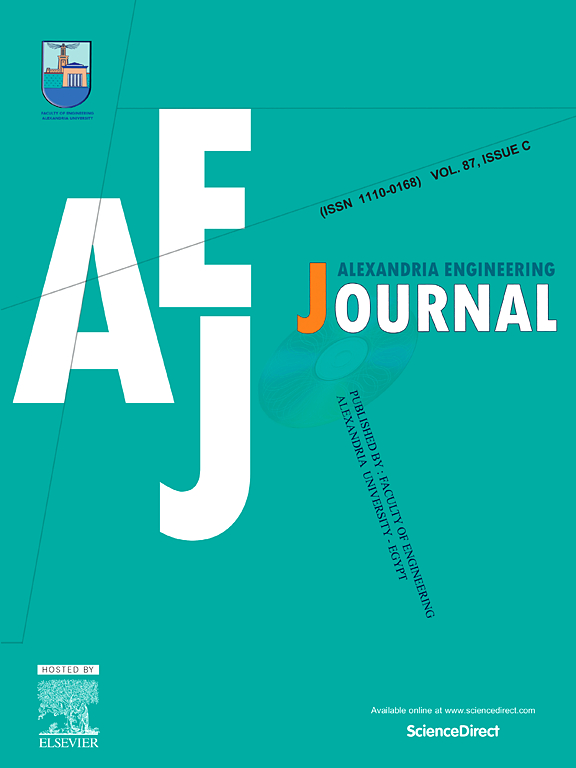An interpretable machine learning model for optimization of prediction index gases in coal spontaneous combustion
IF 6.2
2区 工程技术
Q1 ENGINEERING, MULTIDISCIPLINARY
引用次数: 0
Abstract
Early warnings of coal spontaneous combustion (CSC) have become urgent problems for coal enterprises. Existing approaches are designed to enhance the accuracy of CSC prediction. Improving the interpretability of the model is another important issue besides improving the prediction accuracy. Therefore, an interpretable machine learning framework based on RF (Random Forest) and SHAP (SHapley Additive exPlanations) is proposed to optimize prediction index gases. The data obtained from temperature-programmed experiments using coal samples from #5, #7, #8, #9, and #12 coal seams in Fangezhuang Mine are implemented to verify the proposed framework. CO, O2/CO, CO/CO2, CO/O2, , , , , C2H4, CO2/O2 are selected, which is explained the rationality of the selected indicators using SHAP, practical experience, and related theories. Comparison of results using different machine learning models and different parameter optimization approaches showed the accuracy of the model affects the interpretation of the results. Finally, through the ablation experiment, the R² of RF, XGBoost, and Linear Regression model before feature removal was 0.98, 0.95 and 0.9, the model accuracy decreased significantly after the deletion, which showed the optimal prediction performance of RF, and the importance and validity of the selected indicators were verified using SHAP interpretation.
用于优化煤炭自燃预测指标气体的可解释机器学习模型
本文章由计算机程序翻译,如有差异,请以英文原文为准。
求助全文
约1分钟内获得全文
求助全文
来源期刊

alexandria engineering journal
Engineering-General Engineering
CiteScore
11.20
自引率
4.40%
发文量
1015
审稿时长
43 days
期刊介绍:
Alexandria Engineering Journal is an international journal devoted to publishing high quality papers in the field of engineering and applied science. Alexandria Engineering Journal is cited in the Engineering Information Services (EIS) and the Chemical Abstracts (CA). The papers published in Alexandria Engineering Journal are grouped into five sections, according to the following classification:
• Mechanical, Production, Marine and Textile Engineering
• Electrical Engineering, Computer Science and Nuclear Engineering
• Civil and Architecture Engineering
• Chemical Engineering and Applied Sciences
• Environmental Engineering
 求助内容:
求助内容: 应助结果提醒方式:
应助结果提醒方式:


